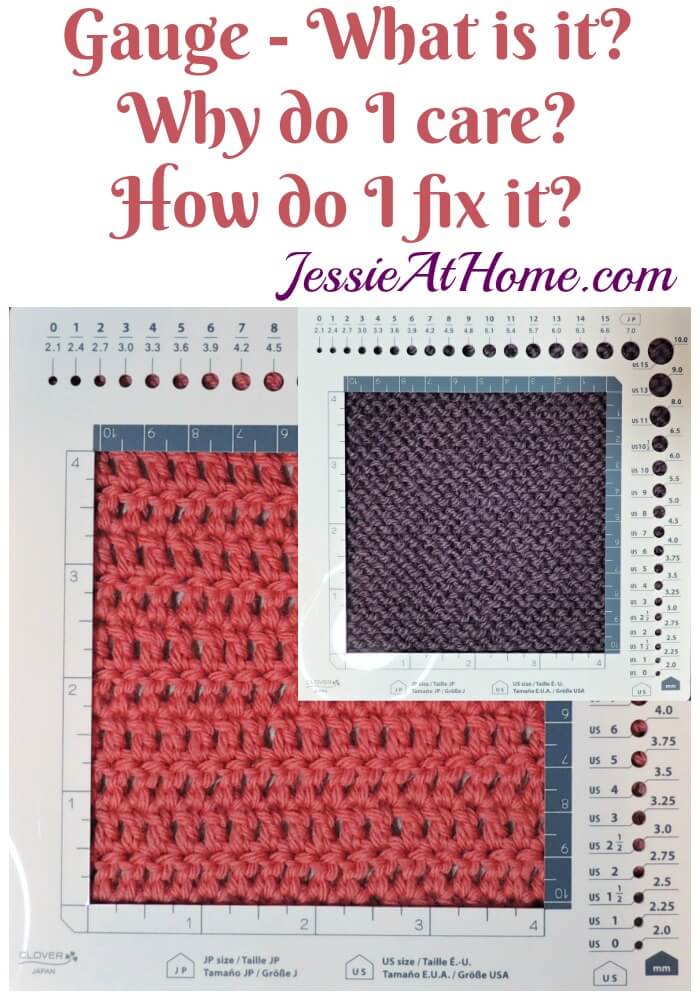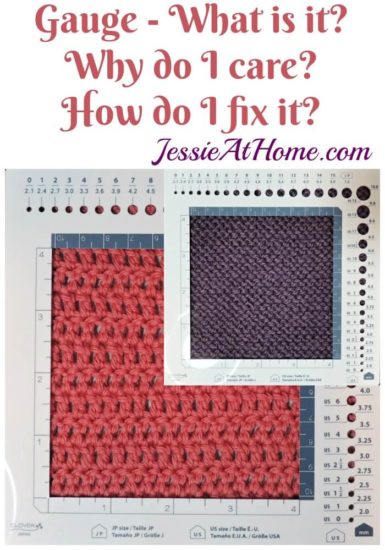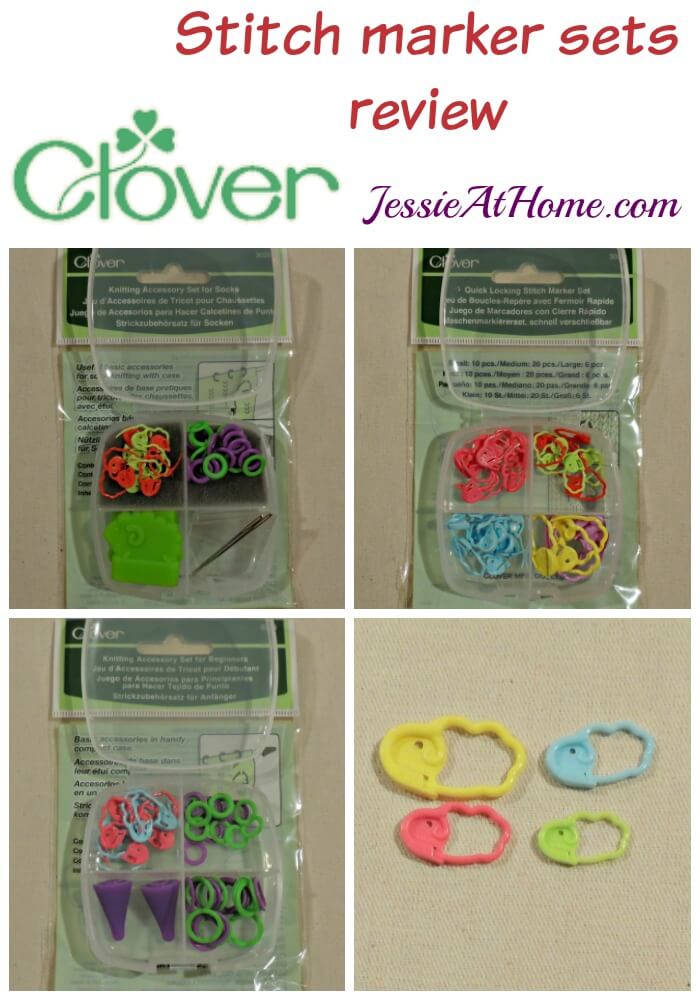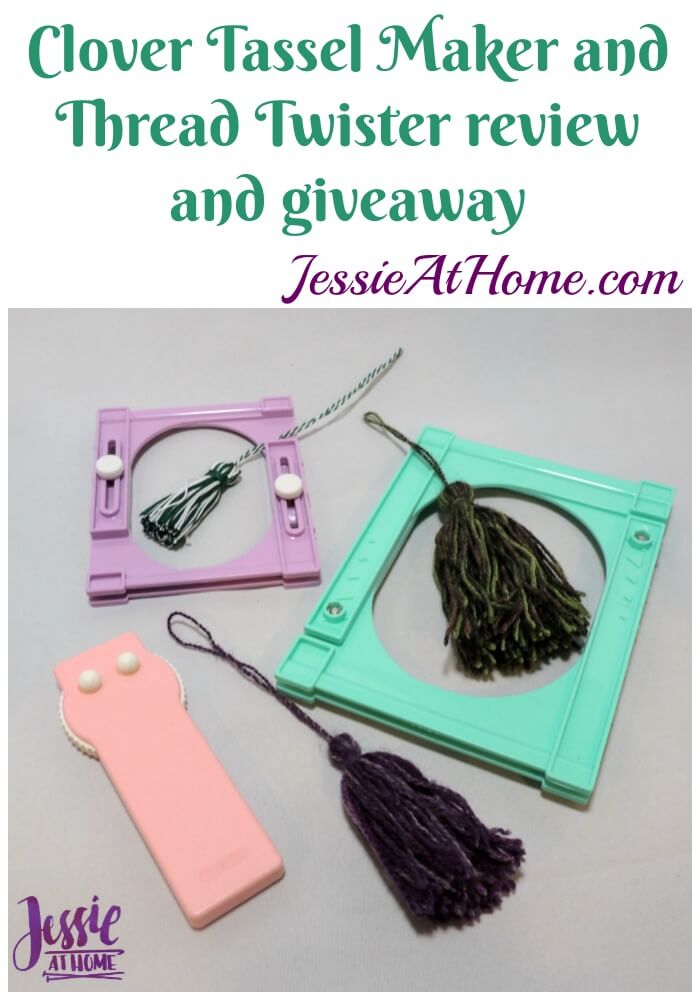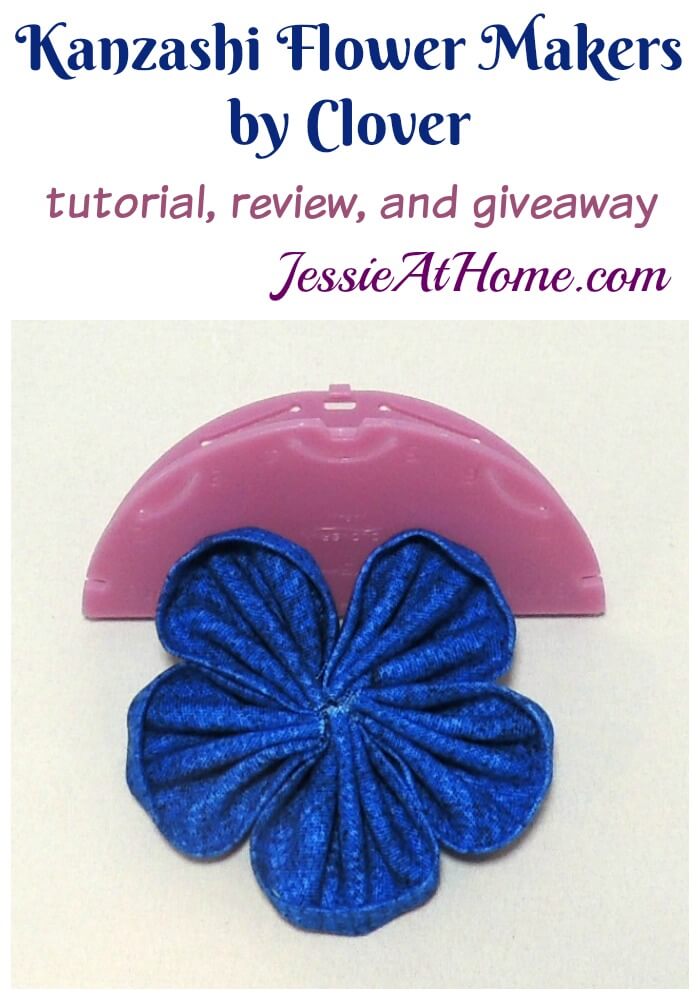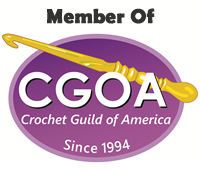Gauge is NOT a 4 letter word. It is often very important when crocheting or knitting and it is not as scary as many think. Today I will help demystify gauge and let you know the hows and whys!
At the end of this post you will also find a giveaway for a tool from Clover to help you with gauge. The giveaway has ended.
The gauge tool used in this post was provided by Clover. All opinions are my own.
What is gauge?
Basically gauge refers to size. For crochet and knitting there are two main things that gauge refers to: needle or hook gauge, and stitch and row gauge.
Hook or Needle Gauge
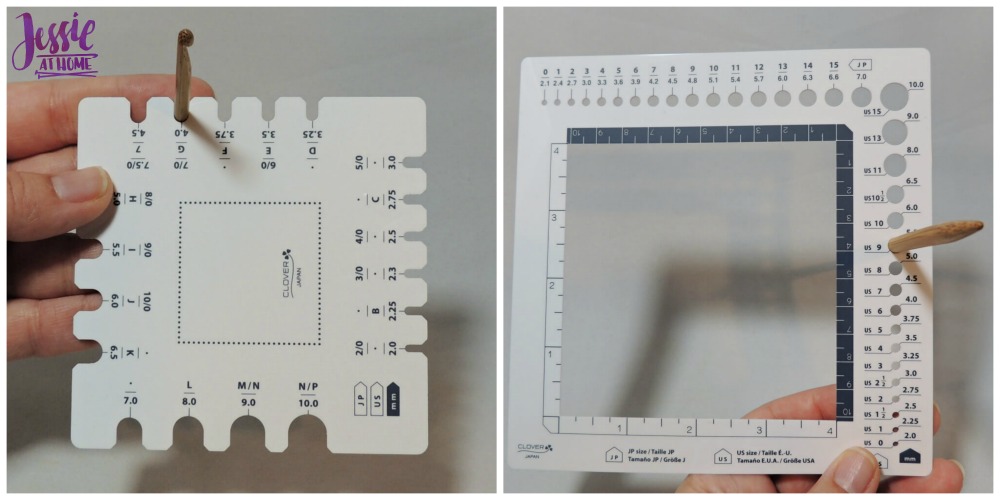
The hook or needle gauge is the diameter of your crochet hook or knitting needles. The hook or needle gauge helps to determine the stitch and row gauge of your finished piece and usually coordinates with your yarn weight.
A wider or larger hook or needle gauge will make less stitches and rows per inch because the stitches will be bigger. A thinner or smaller hook or needle gauge will make more stitches and rows per inch because the stitches will be smaller.
Usually a heavier weight (thicker) yarn takes a larger gauge hook or needle and a lighter weight (thinner) yarn takes a smaller gauge hook or needle. Most yarns include info on the size hook or needle they recommend.
To understand HOW to measure hook or needle gauge, pop over to THIS POST I wrote for the Clover blog. Clover has an awesome tool to help you find the gauge of you unlabeled hooks and needles HERE!
Stitch and Row Gauge
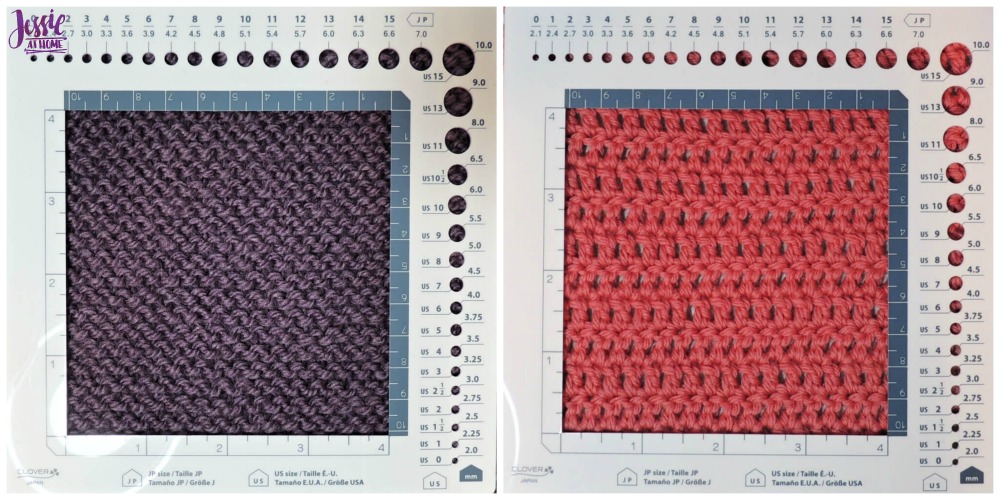
Stitch gauge refers to the number of stitches per a certain number of inches or centimeters. Most often this is 4″ or 10 cm. Row gauge refers to the number of rows in the same number of inches or centimeters. This number can be effected by the gauge or size of your hook or needle, the weight or size of your yarn, and your own personal tension. Your tension can also vary, causing your gauge to vary. Most often this is caused by your stress level.
Why do I care about gauge?
OK, I admit, sometimes gauge doesn’t matter. If you don’t care about the finished measurements of your piece, or if it’s something you are just eyeballing for size (such as a washcloth, wall decor, a rug or even some shawls and wraps), it doesn’t matter.
Sometimes gauge only matters a little. As long as you are close, it’s all good. This works for pieces such as most jewelry and accessories, and home decor.
If the finished measurements of your creation are important, then gauge is important. Think about a sweater that should have a finished bust measurement of 40″. That means it’s most likely meant to fit someone with a bust of about 36-38″, depending on the fit of the garment.
If your gauge is measured over 4″, then that gauge happens 10 times around your sweater (4 times 10 is 40). So if your gauge is off by just 1/4 inch, your finished sweater will be off by 2 1/2 inches!! That’s right, 1/4 inch times 10 is 2 1/2 inches. That’s a pretty big deal.
So if your stitch gauge is off, the measurements around your garment will be too big or small, and if your row gauge if off it will be too long or short.
It is up to you to look at what you are making and decide how important correct gauge is for that creation. Think about the fit, think about the finished measurements. Remember, the larger the item, the more times any gauge difference is multiplied.
To understand HOW to measure gauge, pop over to THIS POST I wrote for the Clover blog. Once again, Clover has an awesome tool to measure your gauge HERE!
How can I fix my gauge?
Well, knowing how to fix an incorrect gauge is rather important. So let’s start with what to do if you are using the yarn and hook or needle recommended by the pattern you are working from.
Let’s say your gauge is supposed to be 18 stitches per 4″. If you have more than 18 stitches then your gauge is too tight and you need to use a bigger hook or needle to make looser stitches. If you have less than 18 stitches then your gauge is too loose and you need to use a smaller hook or needle to make tighter stitches.
Sometimes, with taller crochet stitches, the proportions of your stitches may be different that that of the pattern designer. This happens because some crocheters make taller stitches taller or shorter than others. You can read more about that HERE. If you have this problem you can try one of two solutions. You can either try to adjust your stitching to match the designer, or you can decide which is more important on the pattern, the stitch or row gauge, and match just one.
You can also adjust your gauge by adjusting the yarn. Just as with the hook, if you have too many stitches in your swatch you will need a thicker yarn to make bigger stitches, and if you have too few stitches in your swatch you will need a thinner yarn to make smaller stitches.
You can also adjust BOTH the hook or needle size and the weight of the yarn.
Gauges that are NOT 4″
Sometimes you need to determine your gauge for something other than 4″ or 10 cm. This is a matter of simple math. I prefer to never measure a gauge any smaller than 4″, so if your pattern lists a gauge in 1″ or 2″, I would still measure the 4″ and then do the math (I’ll get to that). If your pattern calls for a gauge measured in larger then 4″, there is usually a reason and you may want to make a big enough swatch and just measure it as asked.
To take your 4″ or 10 cm gauge and convert it to another measurement, here is the math. Take your stitch or row count and divide it by your measurement. So let’s say you have 14 sts in 4″ or 10 cm. 14 divide by 4 is 3.5, so you have 3.5 stitches per inch. 14 divided by 10 is 1.4, so you have 1.4 stitches per cm. DO NOT round your numbers.
If you needed the gauge per inch or per cm, you are good to go. If you need it by another measurement, now you just multiply. So, if you need to figure out how many stitches you will have in 23 inches, then multiply 3.5 times 23 and you will find you will have 80.5 stitches in 23 inches.
If you need to know how many stitches in 15 cm, then multiply 1.4 times 15 and you will find you will have 21 stitches in 15 cm.
Alright my friends, that was a LOT of info. I hope it helped you! Remember to pop over to THIS POST to learn how to properly measure gauge. Then grab your Clover Gauge Tool HERE. You can also enter below to win one! Lastly, you can find tons of Clover tools to help you create HERE.
To enter the Clover Swatch Ruler & Needle & Hook Gauge Giveaway you must be at least 18 years of age and have a valid shipping address in the USA. The giveaway ends at the end of day eastern time on March 18th, 2019. Winner will be contacted by email and will have one week to reply with a valid shipping address or a new winner will be chosen. Void where prohibited. The giveaway has ended
Did you enjoy what you found here at Jessie At Home? Then sign up for my newsletter and like my Facebook page, so you’ll get all the updates on new tutorials, other posts, sales, and coming events.
If you have any questions, want to share pictures of your work, or just want to chat with Jessie and other crafty individuals, than join my Facebook group.
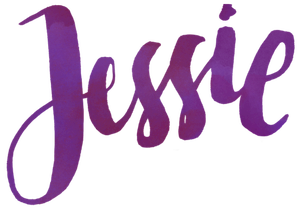
© Copyright 2019 Jessie Rayot / Jessie At Home All my videos, patterns, charts, photos and posts are my own work, so you may not copy them in any way. If you want to share this information with someone, then share the link to this post. If you want to share on your own blog / website, then you may use the first photo in this post and link back to this post. Also, you may not give away printed copies of this post.

